
普通语言学教程(升级版)(英文版)/当代国外语言学与应用语言学文库9787521329599
正版图书,可开发票,请放心购买。
¥ 33.58 7.5折 ¥ 45 全新
库存6件
广东广州
认证卖家担保交易快速发货售后保障
作者(瑞士)F.德·索绪尔
出版社外语教学与研究出版社
ISBN9787521329599
出版时间2021-09
装帧平装
开本16开
定价45元
货号31258249
上书时间2024-09-20
- 店主推荐
- 最新上架
商品详情
- 品相描述:全新
- 商品描述
-
目录
Translator's Introduction
Preface to the First Edition
Preface to the Second Edition
Preface to the Third Edition
INTRODUCTION
CHAPTER Ⅰ. A brief survey of the history of linguistics
CHAPTER Ⅱ. Data and aims of linguistics: connexions with related sciences
CHAPTER Ⅲ. The object of study
1.On defining a language
2.Linguistic structure: its place among the facts of language
3.Languages and their place in human affairs. Semiology
CHAPTER Ⅳ. Linguistics of language structure and linguistics of speech
CHAPTER Ⅴ. Internal and external elements of a language
CHAPTER Ⅵ. Representation of a language by writing
1.Why it is necessary to study this topic
2.The prestige of writing: reasons for its ascendancy over the spoken word
3.Systems of writing
4.Causes of inconsistency between spelling and pronunciation
5.Consequences of this inconsistency
CHAPTER Ⅶ. Physiological phonetics
1.Definition of the subject
2.Transcription
3.Writing as evidence
APPENDIX PRINCIPLES OF PHYSIOLOGICAL PHONETICS
CHAPTER Ⅰ. Sound types
1.On defining speech sounds
2.The vocal apparatus and how it works
3.Classification of sounds by oral articulation
CHAPTER Ⅱ. Sounds in spoken sequences
1.Necessity of studying sounds in spoken sequences
2.Adduction and abduction
3.Combinations of adduction and abduction in the spoken sequence
4.Syllabic boundaries and vocalic peaks
5.Criticism of theories of syllabification
6.Duration of adduction and abduction
7.Sounds of aperture 4. Diphthongs. Questions of spelling Editorial note
PART ONE GENERAL PRINCIPLES
CHAPTER Ⅰ. Nature of the linguistic sign
1.Sign, signification, signal
2.First principle: the sign is arbitrary
3.Second principle: linear character of the signal
CHAPTER Ⅱ. Invariability and variability of the sign.
1.Invariability
2.Variability
CHAPTER Ⅲ. Static linguistics and evolutionary linguistics.
1.Internal duality of all sciences concerned with values
2.Internal duality and the history of linguistics
3.Examples of internal duality
4.Difference between the two orders illustrated by comparisons
5.Synchronic and diachronic linguistics: their methods and principles contrasted
6.Synchronic laws and diachronic laws
7.Is there a panchronic point of view?
8.Consequences of the confusion of synchrony with diachrony
9.Conclusions
PART TWO SYNCHRONIC LINGUISTICS
CHAPTER Ⅰ. General observations
CHAPTER Ⅱ. Concrete entities of a language.
1.Entities and units. Definitions
2.Method of delimitation
3.Practical difficulties of delimitation
4.Conclusion
CHAPTER Ⅲ. Identities, realities, values.
CHAPTER Ⅳ. Linguistic value.
1.The language as thought organised in sound
2.Linguistic value: conceptual aspects
3.Linguistic value: material aspects
4.The sign as a whole
CHAPTER Ⅴ. Syntagmatic relations and associative relations.
1.Definitions
2.Syntagmatic relations
3.Associative relations
CHAPTER Ⅵ. The language mechanism.
1.Syntagmatic interdependences
2.Simultaneous functioning of both types of group
3.Absolute arbitrariness and relative arbitrariness
CHAPTER Ⅶ. Grammar and its subdivisions.
1.Definitions. Traditional divisions
2.Rational divisions
CHAPTER VⅢ. Abstract entities in grammar
PART THREE DIACHRONIC LINGUISTICS
CHAPTER Ⅰ. General observations
CHAPTER Ⅱ. Sound changes.
1.Their absolute regularity
2.Conditioning of sound changes
3.Methodological considerations
4.Causes of sound change
5.The scope of sound change is unpredictable
CHAPTER Ⅲ. Grammatical consequences of phonetic evolution.
1.Breaking grammatical links
2.Obliteration of word-composition
3.There are no phonetic doublets
4.Alternation
5.Laws of alternation
6.Al
内容摘要
《普通语言学教程》是现代语言学的奠基之作,集中体现了“现代语言学之父”索绪尔的语言学思想,文字自然流畅,内涵丰富深刻,不仅概述了语言学的历史、
它与其他学科的关系、它的研究对象等,还从共时语言
学、历时语言学、地理语言
学的角度对语言符号、语言
结构、语音演变、地理和语言差异等一系列问题展开了深入剖析,创造性地提出了一套语言研究理论和研究方法,为后来的语言学研究提供了发展方向。
主编推荐
《普通语言学教程》是“当代国外语言学与应用语言学文库(升级版)”中的一本。该系列定位于将国外语言学与
应用语言学研究的重要成果引介给我国的学生、教师和研究者,采用的是英文原版引进、国内资深学者撰写中文导
读的方式。本书为英译本,与之前的译本相比,该译文自然流畅、清晰准确,对读者更好地理解索绪尔的观点起到
积极的作用。
相关推荐
— 没有更多了 —


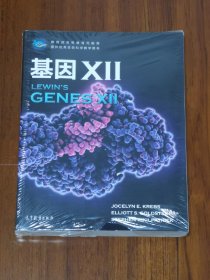
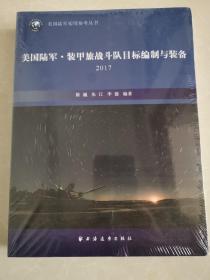
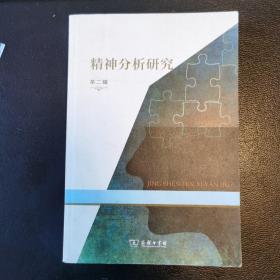




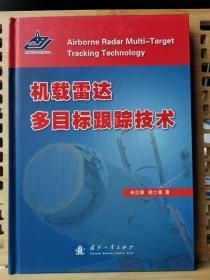
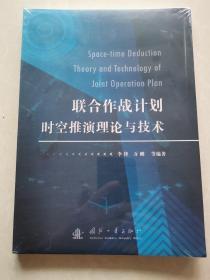












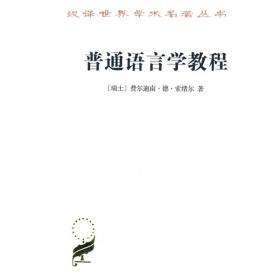





以下为对购买帮助不大的评价